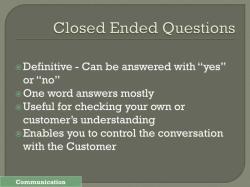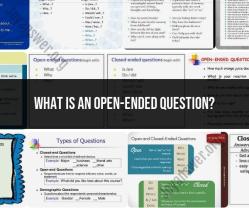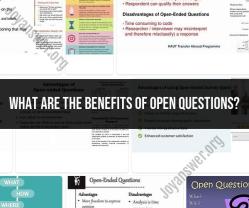How to write an autobiography speech?
Writing an engaging autobiography speech involves sharing your life story in a way that captivates and resonates with your audience. Here are steps and tips to help you craft an effective autobiography speech:
1. Choose a Theme or Focus:
- Decide on a central theme or focus for your speech. What aspect of your life story do you want to emphasize? It could be your personal journey, achievements, challenges, or a specific life event.
2. Organize Your Story:
- Structure your speech in a clear and logical way. Consider a chronological approach, starting from your early life and progressing to the present, or opt for a thematic approach where you discuss key life lessons or experiences.
3.
- Begin with a compelling introduction to grab your audience's attention. You can use a quote, a surprising fact, an anecdote, or a thought-provoking question.
4. Provide Background:
- Offer some background information about your early life, family, and upbringing. This helps your audience understand your context and connection to your story.
5. Highlight Key Milestones:
- Share the significant milestones, events, or experiences that have shaped your life. Be concise and focus on the most impactful moments.
6. Use Vivid Details:
- Use descriptive language and vivid details to make your story come alive. Help your audience visualize your experiences and emotions.
7. Share Lessons Learned:
- Reflect on the lessons you've learned throughout your life journey. These can be personal growth insights, values you've embraced, or advice you want to impart.
8. Be Honest and Authentic:
- Authenticity is key to connecting with your audience. Share both your successes and challenges, as well as how you overcame obstacles.
9. Maintain a Personal Tone:
- Speak in a conversational and relatable tone. Avoid overly formal or technical language.
10. Engage Your Audience:
- Encourage audience engagement by asking rhetorical questions or using anecdotes that resonate with common experiences.
11. Provide Closure:
- Conclude your speech with a memorable message or call to action. Summarize your key points and leave your audience with something to ponder or act upon.
12. Practice and Timing:
- Rehearse your speech multiple times to ensure it flows smoothly. Pay attention to your timing; aim to keep your speech within a reasonable duration, typically 5 to 10 minutes for most occasions.
13. Seek Feedback:
- Share your speech with a trusted friend or family member and ask for feedback. They can provide valuable insights and suggestions for improvement.
14. Connect Emotionally:
- Connect with your audience on an emotional level. Share your passions, vulnerabilities, and genuine feelings.
15. Visual Aids (Optional):
- Depending on the setting, you may consider using visual aids, such as photos or props, to enhance your storytelling.
16. Rehearse Beforehand:
- Practice your speech in the actual speaking environment if possible. Familiarity with the space can boost your confidence.
Remember that an autobiography speech is a personal narrative, and its effectiveness lies in your ability to connect with your audience through your story. Be yourself, be sincere, and share your journey with authenticity and passion.













